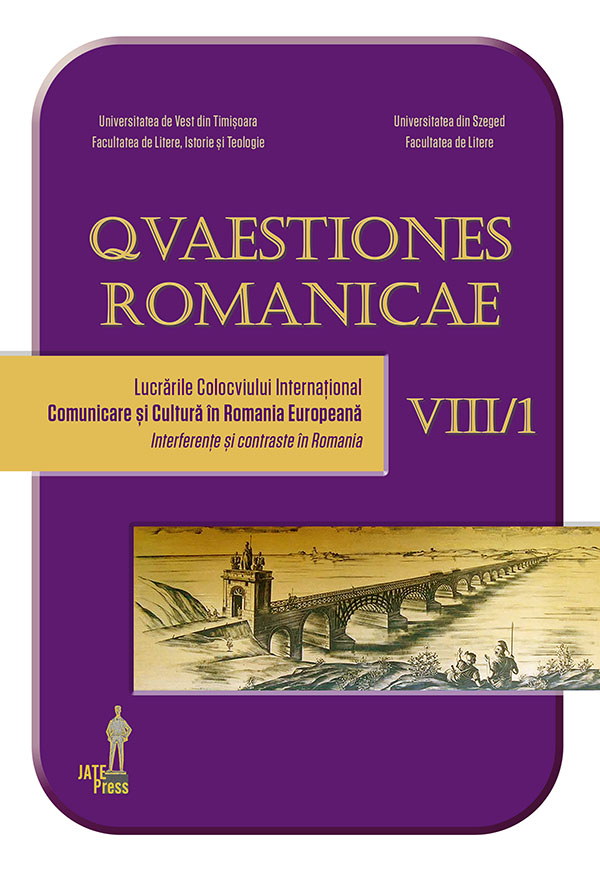Symbioses et contrastes : la prostitution en France au XIXe siècle
Abstract: (Symbiosis and Contrasts: Prostitution in France in the Nineteenth Century) In the nineteenth century, prostitution in France is a widespread phenomenon in all areas. Although taboo, it represented a ‘‘necessary evil’’ that maintained the balance. In this context we analyze two classes: the bourgeoisie and the prostitution. There is a symbiosis between them; they coexist and tolerate each other. On the other hand, we reveal prostitution as an object of hate and love, repulsion and attraction, disgust and pleasure. Understanding prostitution means revealing a contrast that defines good and bad and the relationship between classes. At the same time, there is an interference between middle-class women and prostitutes when we relate to women. They are in symbiosis and in contrast at the same time. The symbiosis is evident when the two women experience similar characteristics, become protagonists of literary and artistic works and represent a center of interest. However, they have distinctive features because they do not have the same status or the same role: the bourgeois is preferable for procreation while the prostitute is worshiped for entertainment. There is also a close symbiosis between the areas that considered prostitution, its importance, its relation to the honest world, and the consequences this report generated. The contrasts between these domains reflect the way each one reveals the dominance of the woman belonging to a different social class.
Keywords: prostitution, bourgeoisie, contrast, symbiosis, interference.
Résumé: Au XIXe siècle, la prostitution en France est un phénomène répandu dans tous les domaines. Bien que sujet tabou, il représentait un mal nécessaire qui maintenait l’équilibre. Dans ce contexte nous envisageons deux classes : la bourgeoisie et la prostitution. Il y a une symbiose entre les deux ; elles coexistent et se tolèrent réciproquement. D’autre part, nous révélons la prostitution en tant qu’objet de haine et d’amour, de répulsion et d’attirance, de dégout et de plaisir. Comprendre la prostitution signifie révéler un contraste qui définit le bien et le mal et le rapport entre les classes. En même temps, il y a une interférence entre les bourgeoises et les prostituées lorsque nous nous rapportons à la femme. Elles se trouvent en symbiose et en contraste à la fois. La symbiose est évidente lorsque les deux femmes éprouvent des caractéristiques semblables, deviennent des protagonistes des œuvres littéraires et artistiques et représentent un centre d’intérêt. Toutefois, elles ont des traits distinctifs car elles n’ont pas le même statut, ni le même rôle : la bourgeoise est préférable pour la procréation alors que la prostituée est adorée pour le divertissement. Il y a également une symbiose étroite entre les domaines qui ont envisagé la prostitution, son importance, sa relation avec le monde honnête et les conséquences que ce rapport générait. Le contraste entre ces domaines vise la modalité dont chacun reflète la dominance de la femme faisant partie d’une classe sociale différente.
Mots-clés: prostitution, bourgeoisie, contraste, symbiose, interférence.
